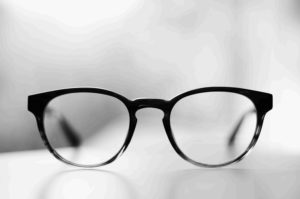The discovery of multifocal (bifocal) lenses meant that people who underwent cataract surgery no longer needed to wear glasses to see things up close.
These lenses were revolutionary, but they still didn’t restore the vision fully, as a patient with multifocal (bifocal) lenses struggled to see objects in the middle distance clearly. This resulted in blurred vision when switching from short- to long-distance vision. Due to the increase in the use of computers in the past decade, this has led to problems with blurred vision when looking at a computer screen. The patient either has to look at the screen from a short distance or they have to use glasses.
This has led to pressure on scientists to develop a more advanced set of lenses which will solve this problem without changing the procedure itself. The solution? Trifocal lenses allow patients to see the computer screen clearly without the need for glasses. They also improve vision in low light conditions when compared to multifocal (bifocal) lenses.
Trifocal lenses are the newest lenses on the market and they are in high demand as they fully restore a patient's vision. In the UK, trifocal lenses are not as commonly available as in the rest of Europe. Also the price of trifocal lenses is very high in the UK due to limited supply and a lack of clinics offering the procedure. This has allowed clinics to establish an oligopoly (a small number of companies cornering the market), which has led to an increase in price for trifocal lenses in the UK.
Are you interested in lens exchange?
We offer monofocal lens implants, multifocal (bifocal) lens implants and trifocal lens implants. See prices here.


